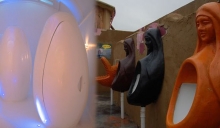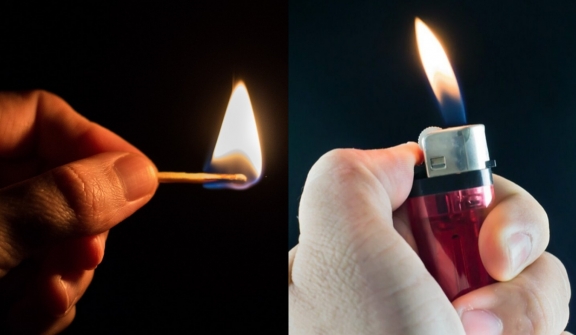
Humans have been trying to manage fire since the beginning of civilization; from Prometheus's primordial spark to the regulated flames in hearths and kilns.
The lighter and the match were two brilliant inventions that resulted from this struggle to master combustion. Despite having the same basic function—igniting a flame—both had distinct origin stories.
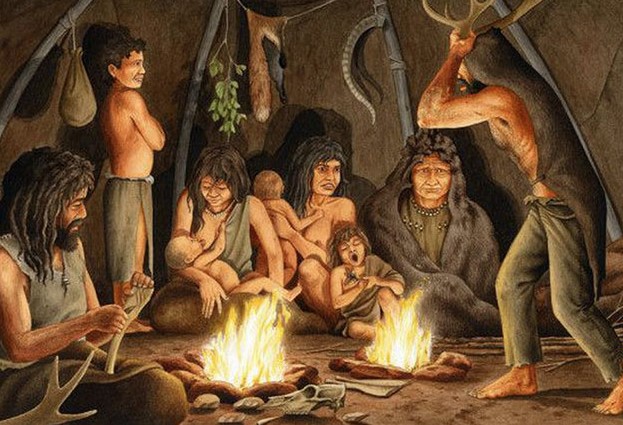
The lighter's origins can be traced back to the 16th century when tinderboxes were used.
These devices, consisting of flint, steel, and tinder, ignited flames but were heavy and presented a fire risk if not managed correctly.
The late 19th-century invention of the piezoelectric lighter marked a significant advancement in lighter technology.
This compact, user-friendly alternative to the tinderbox used a small crystal to produce an electric spark, eliminating the need for flint and steel.
It also used butane for a cleaner burn and hotter flame, shaping modern-day lighters.
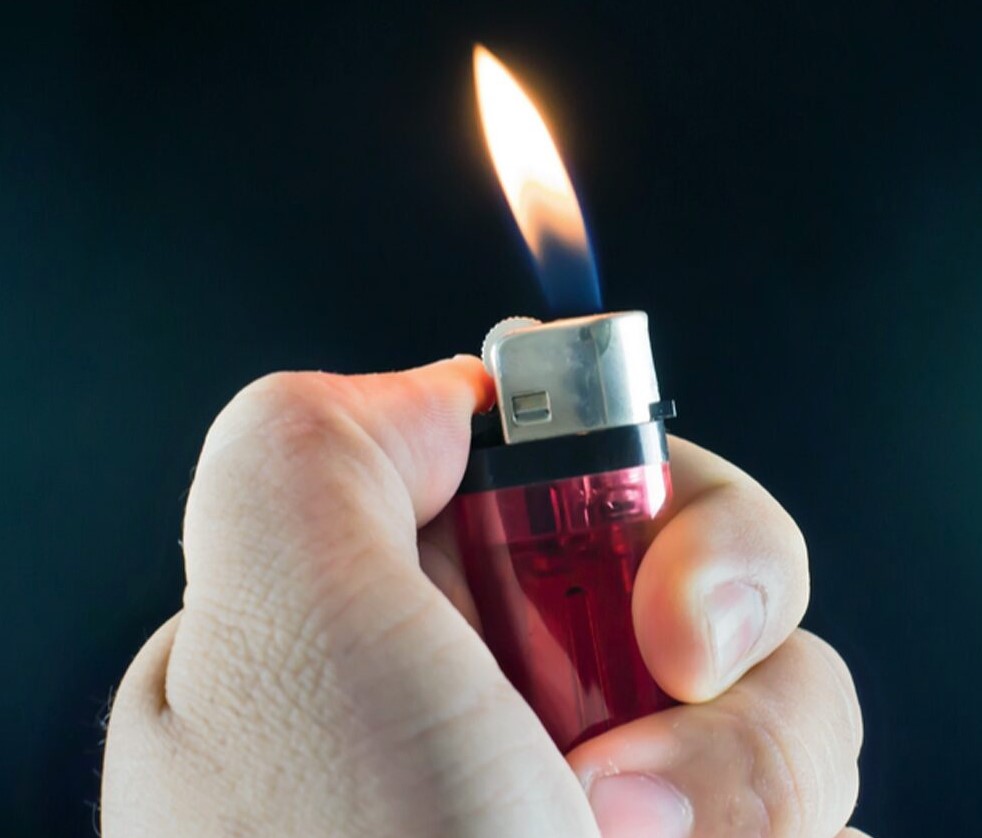
It is believed that the origins of matches can be dated even surpass the lighter.
The earliest recorded use of matches can be found in China during the 6th century. However, these early matches were made from sulfur-tipped sticks, which were ignited by striking them against a rough surface.
In the 19th century, the modern match was invented, described as slighter and safer.
In 1826, English chemist John Walker discovered friction lights, which could ignite when struck against a rough surface.
However, Swedish chemist Gustaf Erik Pasch improved upon Walker's design in 1830, creating the first practical safety match, and demonstrating the potential of friction lights.
Pasch's safety match, featuring a striking surface containing red phosphorus, eliminated accidental ignition risks, making matches safer and becoming the global standard, gaining popularity and widespread use.
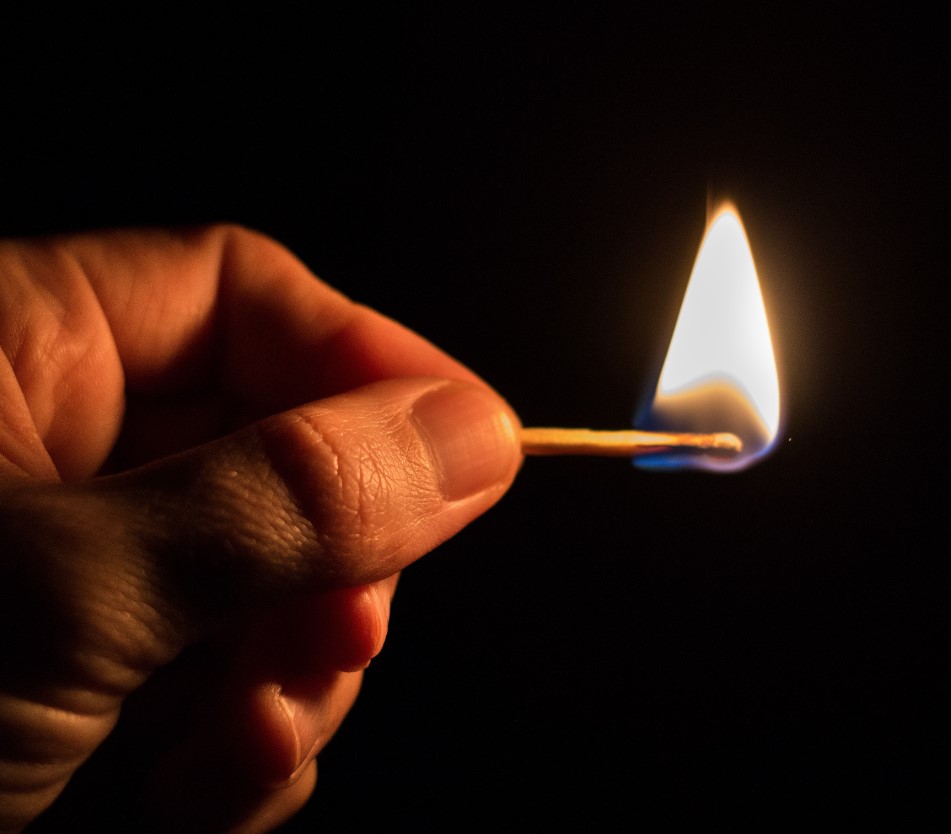
In 1823, German chemist Johann Wolfgang Dobereiner invented the other version of lighters, "Dobereiner's Lamp," using hydrogen and platinum sponge for heat generation. However, it didn't succeed as suggested.
It was not until 1903 that Carl Auer Von Welsbach patented ferrocerium (often misidentified as flint) and created a revolutionized lighter design.
By scratching the flint, a spark was produced, enabling the ignition of fuel in lighters.
Similarly, Match technology has also evolved significantly over time, with safety matches coated with red phosphorus in the late 19th instead of white phosphorus, making them even safer to use.
However, these matches were later banned due to their potential fire risks.
For decades, people have been debating whether the lighter or the match came first.
In fact, the idea of starting a fire using friction or a spark is far older than the lighter and the modern match.

Mentioning the individual inventions of the lighter and the match, the lighter comes out on top.
The modern match was not created until the early 19th century, but the piezoelectric lighter, the first real lighter, was created in the latter half of the 1800s.


